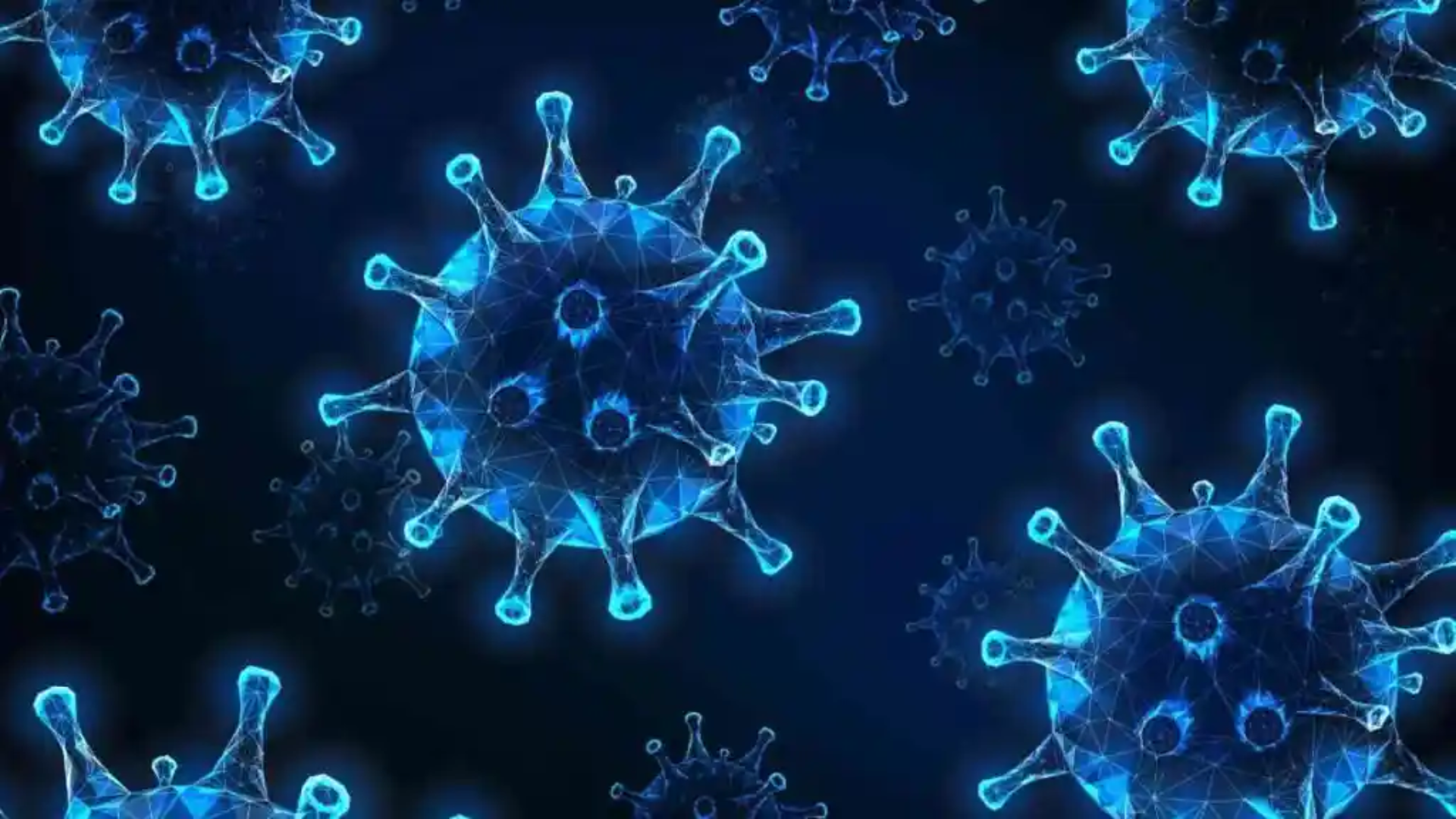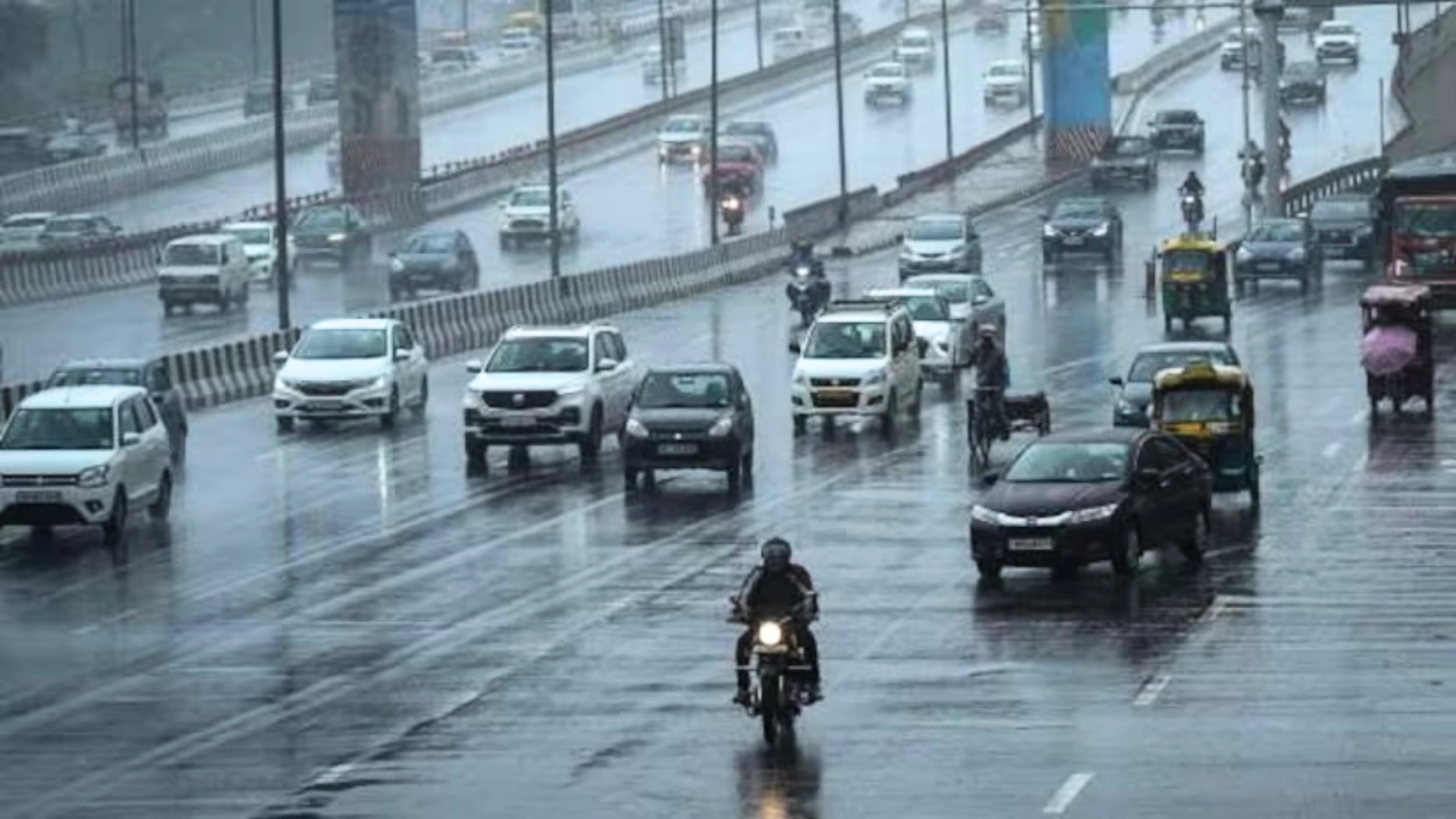Officials at the civil hospital in Himmatnagar, Gujarat, have confirmed the deaths of four children due to the Chandipura virus. The victims include one child from Sabarkantha district, two from the neighboring Aravalli district, and a fourth from Rajasthan. Additionally, two other children from Rajasthan are currently receiving treatment at the same hospital.
Blood samples from all six children have been dispatched to the National Institute of Virology (NIV) in Pune for confirmation, with results still pending, according to Sabarkantha Chief District Health Officer Raj Sutariya.
Understanding the Chandipura Virus
The Chandipura virus, belonging to the Rhabdoviridae family and Vesiculovirus genus, was first identified in 1965 during an outbreak in Chandipura village, Maharashtra. While relatively lesser-known, the virus has caused sporadic outbreaks in various parts of India, as well as in other countries in Asia and Africa.
This virus primarily targets children, manifesting symptoms such as fever, convulsions, altered sensorium, and in severe cases, coma and death. The mortality rate is notably high, especially among younger age groups, and it has been linked to outbreaks of encephalitis, a severe inflammation of the brain. The Chandipura virus is transmitted to humans through the bite of infected sandflies, particularly the species Phlebotomus papatasi and Sergentomyia, which serve as vectors.\
Also read: India Strengthens Ties with Pacific Partners, Affirms Commitment: S. Jaishankar
Preventive Measures and Safety
Efforts to control Chandipura virus outbreaks emphasize vector control measures, such as insecticide spraying to reduce sandfly populations, and public health education to promote protective actions like using bed nets and wearing protective clothing. As there is no specific antiviral treatment for Chandipura virus infection, supportive care is crucial. This involves treating symptoms and preventing complications to manage the disease effectively.
The Current Situation and Response
The deaths have raised concerns among health officials and prompted immediate actions to prevent further spread. The hospital in Himmatnagar is on high alert, and health authorities are closely monitoring the situation. The community has been urged to adopt preventive measures and stay vigilant to avoid further cases.
The Chandipura virus poses a significant threat, especially to children, due to its rapid progression and high mortality rate. As officials await the confirmation of blood test results from the National Institute of Virology, the focus remains on containment and prevention, ensuring that measures are in place to protect the vulnerable population from this deadly virus.
Also read: Srinagar Witnesses Historic 8th Muharram Procession With Peaceful Community Engagement


















